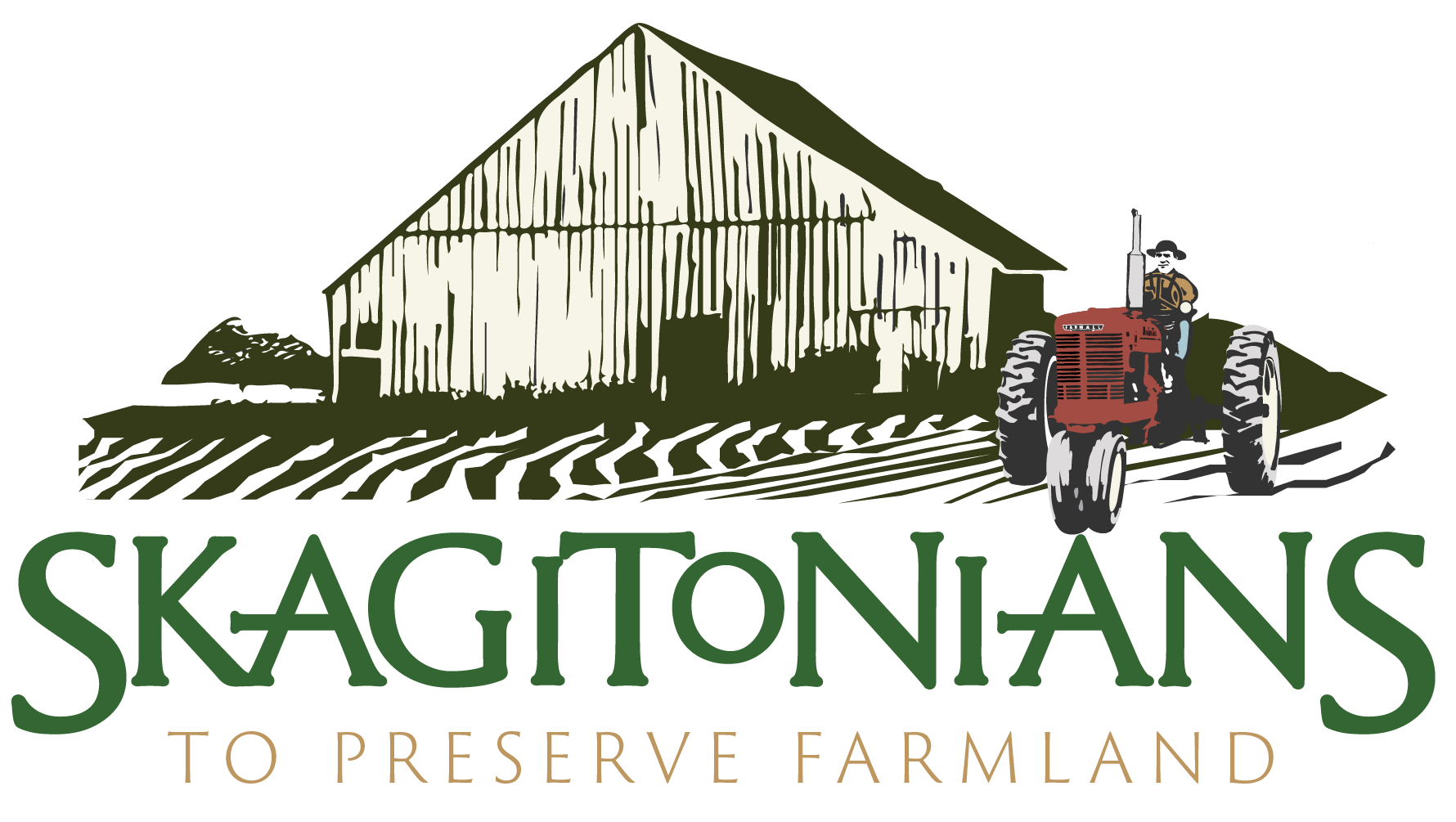The Dirt Issue 47 - Nutrient Management and Soil Health
Soil health has become a mainstream issue as it is increasingly evident that we cannot expect to produce the food, fiber, and even energy we need now and in the future without sound management of soil. In 2019, Washington State launched a Soil Health Initiative (SHI) which will bring to bear the combined expertise and scientific rigor of WSU, the Washington State Department of Agriculture, and the Washington State Conservation Commission to, in their own words, “fund new soil health research, extension and demonstration activities that will further evaluate and deliver best management practices for our state’s diverse agricultural systems.” WSU’s Northwestern Washington Research and Extension Center in Mount Vernon is the western Washington component in the statewide network of Long-Term Agroecological Research and Extension Sites.Best Management PracticesMany best practices in soil health have been addressed in previous issues of The Dirt. Among these are cover crops, crop rotation, tillage practices, composting, and “growing” soil organic matter. All of these have a role to play in the maintenance and enhancement of soil fertility.The first thing to understand is that there is no cut-and-dried solution to soil fertility. So many factors play a part in ensuring that a plant gets the nutrients it needs, when and how it needs it. Many of the factors are simply out of a farmer’s control. How much rain falls and when it falls affects nutrient uptake. So, too, can the ambient temperature by supporting or inhibiting normal plant growth. Factors that a farmer can control are determined by data, field history and strategic planning with a significant dose of sheer art.A Matter of NutritionSources of nutrients on farms are many and varied: commercial fertilizer, organic manures and compost, nitrogen naturally produced by growing nitrogen-fixing plants or decomposition of organic matter, traditional amendments like limestone, or a calculated mixture. Knowing what the soil needs starts with knowing what the plants need. By balancing soil nutrient inputs with crop requirements the goal of optimum yield is in harmony with the economic benefit. But achieving that balance is never a foregone conclusion: too few nutrients and yield suffers, too many and not only is the economic benefit imperiled through waste, but the environment may be put at risk through leaching of underutilized nutrients into groundwater or nearby ditches and streams.Nutrient Management PlanCombining science, experience, and art into a verifiable strategy is the value of a nutrient management plan. It starts with analyzing what nutrients are available in the soil already. Soil samples for testing need to be taken on a regular basis. Initially soil testing gives a baseline of what the soil can reasonably be expected to provide a crop, but done at regular intervals over time, soil testing yields a record of what works and what needs to be tweaked or rethought. Soil testing yields a report and a recommendation that stipulates the best steps to enhance soil for a given crop or even sequence of crop rotations. If a farmer is markedly changing strategy, such as reducing tillage and actively increasing soil organic matter, soil testing can monitor the decreasing dependence on inputs as soil tilth improves.Part of the art of nutrient management is making informed guesses at the overall nutrient balance when several sources contribute to that mix. If manure is used, for example, was it applied fresh and quickly incorporated into the soil or left for some time undisturbed? The quantity and quality of nutritional value varies considerably by how it’s handled. So too does its part in the overall balance. Fresh manure has different attributes than composted manure. One cover crop offers different benefits than another cover crop. Assessing these variables, and a whole host of others, gives an idea of nutrient levels. That knowledge is a good starting point, but far from the whole nutrient management plan. If the nutrients are inadequate at any point in the growth cycle and supplementation is required, the farmer must decide how and when it is to be done. Again it varies by crop requirements. This part of the nutrient management plan is all about nutrient application.Maximizing Nutrient EfficiencyConsiderations in nutrient application are 1) rate or quantity of nutrients applied, 2) source from which the nutrients are derived, 3) when the nutrients are applied and 4) how they are applied. Some crops need supplementation during germination, others are better served once they’ve broken ground and achieved a certain level of initial growth. Application has to take into account the lay of the land, its proximity to other types of crops, access to water and level of drainage. It’s not even unheard of for conditions to vary from field to field when growing the same crop. Only by managing these issues can a farmer get the utmost nutrient value to the crop exactly when it’s needed.A Complex IssueAnyone familiar with Skagit County agriculture over more than a few years has seen evidence of how much farming practices have changed. To foster better soil health, most farmland now has something growing on it year round. Many crops are planted with far less tillage beforehand and crop rotation has become increasingly varied. The County boasts a remarkably diverse crop output, estimated at about 90 different crops produced over the course of a year. Nutrient management as a component of overall soil health has a lot to do with making that output possible. It is a complex issue, one that demands a great deal from science, technology and practiced observation, but the changes are working. According to the Washington State Soil Health Initiative it’s, “a win-win-win opportunity for farmers, the environment, and the people of Washington.”
